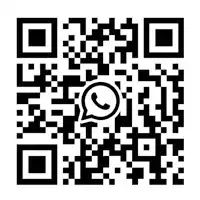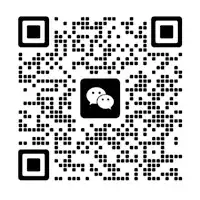Precautions for using wheel hub bearings
release time:
2022-10-25
In order to ensure maximum safety and reliability, it is recommended that you check the wheel bearings frequently no matter how old the vehicle is - pay attention to whether there are early warning signs of bearing wear: including any friction noise during rotation or suspension combination wheels turning. Abnormal deceleration.
Wheel hub bearings Worn or damaged wheel hub bearings or wheel hub units can cause inappropriate and costly failures of your vehicle while driving, and even cause harm to your safety. Please pay attention to the following matters when using and installing wheel hub bearings:
1. In order to ensure maximum safety and reliability, it is recommended that you check the wheel bearings frequently no matter how old the vehicle is - pay attention to whether there are early warning signs of bearing wear: including any friction noise during rotation or suspension combination wheels turning. Abnormal deceleration.
For rear-wheel drive vehicles, it is recommended that the front wheel hub bearings be lubricated after the vehicle has traveled 38,000 kilometers. When replacing the brake system, inspect the bearings and replace the oil seals.
2. If you hear noise from the hub bearing, first of all, it is important to find the location where the noise occurs. There are many moving parts that may produce noise, or there may be contact between some rotating parts and non-rotating parts. If the noise is confirmed to be in the bearing, the bearing may be damaged and needs to be replaced.
3. Because the working conditions of the front wheel hub that cause bearing failure on both sides are similar, even if only one bearing is broken, it is recommended to replace it in pairs.
4. Wheel hub bearings are relatively sensitive, and correct methods and appropriate tools need to be used in any case. During storage, transportation and installation, the components of the bearing must not be damaged. Some bearings require greater pressure to be pressed in, so special tools are required. Be sure to refer to the vehicle manufacturer's instructions.
5. Bearings should be installed in a clean and tidy environment. Small particles entering the bearing will also shorten the service life of the bearing. It is very important to maintain a clean environment when replacing bearings. It is not allowed to hit the bearing with a hammer, and be careful not to drop the bearing on the ground (or similarly handle it improperly). The condition of the shaft and bearing seat should also be checked before installation. Even minor wear can lead to poor fit and thus early failure of the bearing.
6. For the hub bearing unit, do not attempt to disassemble the hub bearing or adjust the sealing ring of the hub unit, otherwise the sealing ring will be damaged and water or dust will enter. Even the sealing ring and the raceway of the inner ring are damaged, causing permanent failure of the bearing.
7. There is a magnetic thrust ring in the sealing ring of the bearing equipped with the ABS device. This thrust ring cannot be subject to collision, impact or collision with other magnetic fields. Remove them from the box before installation and keep them away from magnetic fields such as those used by motors or power tools. When installing these bearings, change the operation of the bearings by observing the ABS alarm needle on the instrument panel through a road test.
8. For wheel hub bearings equipped with ABS magnetic thrust rings, in order to determine which side the thrust ring is installed, you can use a small and light object close to the edge of the bearing, and the magnetic force generated by the bearing will attract it. When installing, point the side with the magnetic thrust ring inward, facing the sensitive component of the ABS. Note: Improper installation may cause the brake system to malfunction.
9. Many bearings are sealed, and these bearings do not need to be lubricated throughout their lifespan. Other unsealed bearings such as double row tapered roller bearings must be lubricated with grease during installation. Since the inner cavities of the bearings are of different sizes, it is difficult to determine how much grease to add. The most important thing is to ensure that there is grease in the bearing. If there is too much grease, the excess grease will seep out when the bearing rotates. General experience: During installation, the total amount of grease should account for 50% of the bearing clearance.
10. When installing the locking nut, the torque varies greatly due to different bearing types and bearing seats. Please refer to the relevant instructions.
Related News
Characteristics of needle roller bearings
2022-10-25
Installation of needle roller bearings
2022-10-25
2022-10-25
What are angular contact ball bearings?
2022-10-25
Precautions for using wheel hub bearings
2022-10-25









 delitong@cndltbearing.com
delitong@cndltbearing.com
 +86-18462269993
+86-18462269993 +86-18462269993
+86-18462269993